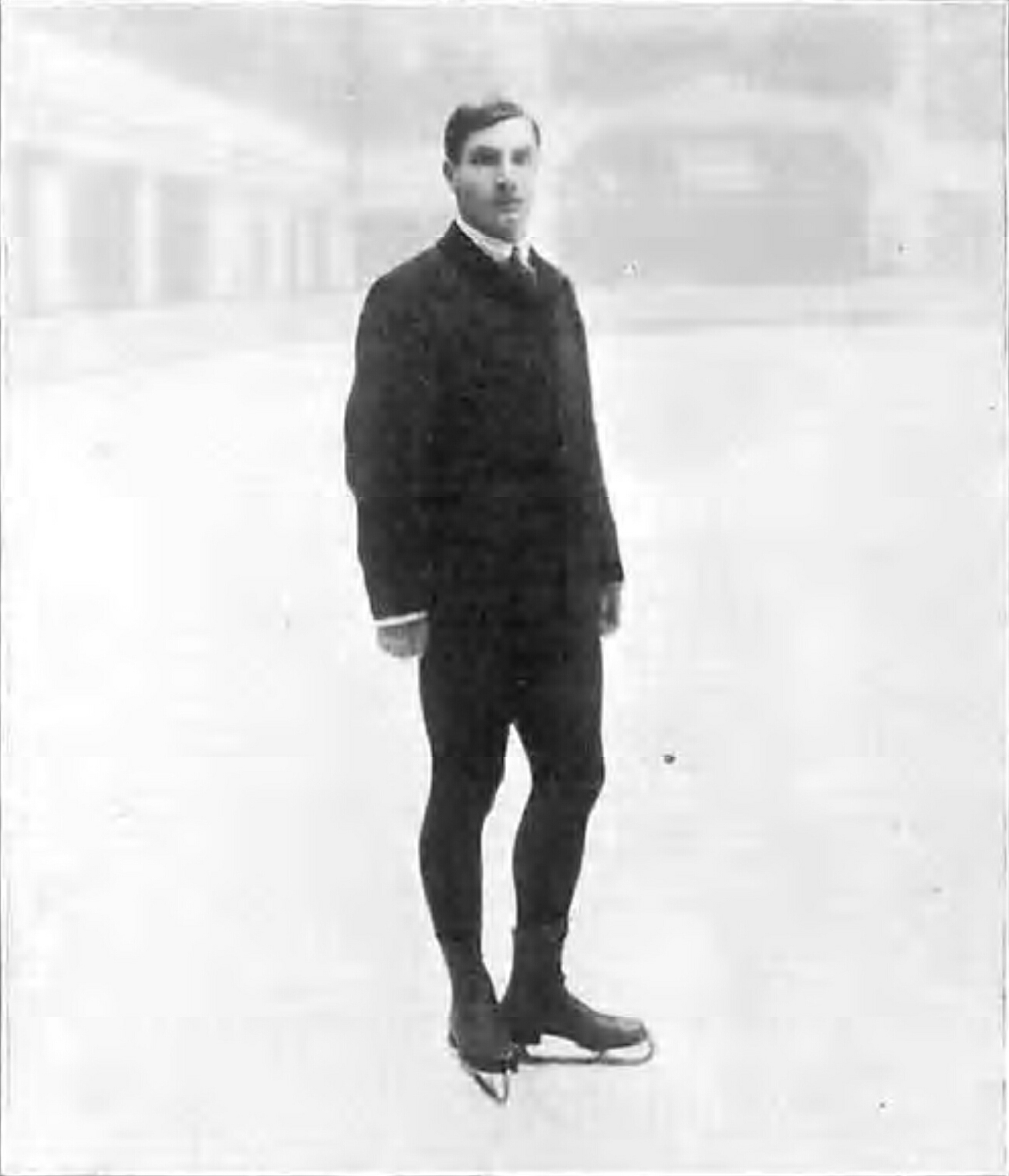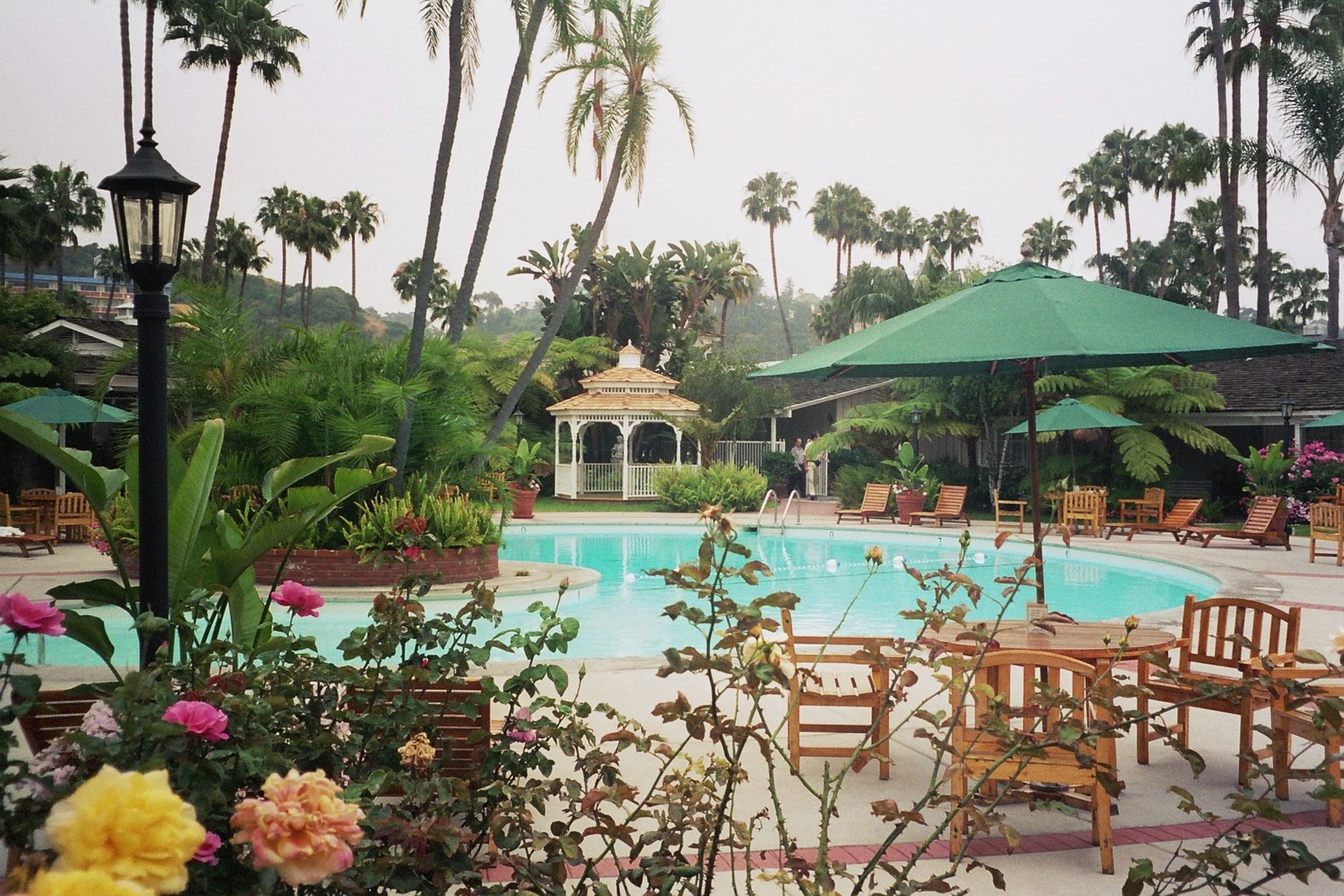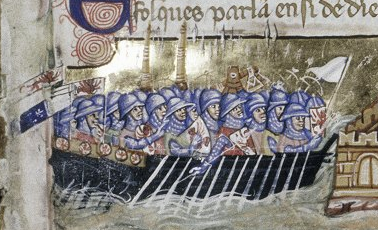|
Seefeld In Tirol
Seefeld in Tirol is an old farming village, now a major tourist resort, in Innsbruck-Land District in the Austrian state of Tyrol (state), Tyrol with a local population of 3,312 (as of 1 January 2013). The village is located about northwest of Innsbruck on a plateau between the Wetterstein mountains and the Karwendel on a historic road from Mittenwald to Innsbruck that has been important since the Middle Ages. It was first mentioned in 1022 and since the 14th century has been a pilgrimage church, pilgrimage site, benefiting not only from the visit of numerous pilgrims but also from its stacking rights as a trading station between Augsburg and the Republic of Venice, Venice. Also since the 14th century, Tyrolean shale oil has been extracted in the area. Seefeld was a popular holiday resort even before 1900 and, since the 1930s, has been a well known winter sports area, winter sports centres and amongst the most popular tourist resorts in Austria. The municipality, which has been the ... [...More Info...] [...Related Items...] OR: [Wikipedia] [Google] [Baidu] |
Municipality (Austria)
In the Republic of Austria, the municipality (, sometimes also ) is the administrative division encompassing a single village, town, or city. The municipality has municipal corporation, corporate status and local self-government on the basis of parliamentary democracy, parliamentary-style representative democracy: a municipal council () elected through a form of party-list proportional representation, party-list system enacts municipal laws, a municipal executive board () and a mayor (, grammatical gender, fem. ) appointed by the council are in charge of municipal administration. Austria is currently (January 1, 2020) partitioned into 2,095 municipalities, ranging in population from about fifty (the village of Gramais in Tyrol (state), Tyrol) to almost two million (the city of Vienna). There is no unincorporated area, unincorporated territory in Austria. Basics The existence of municipalities and their role as carriers of the right to self-administration are guaranteed by the ... [...More Info...] [...Related Items...] OR: [Wikipedia] [Google] [Baidu] |
Historic Road
Historic roads (or historic trails in the US and Canada) are paths or routes that have historical importance due to their use over a period of time. Examples exist from prehistoric times until the early 20th century. They include ancient trackways, long-lasting roads, important trade routes, and migration trails. Many historic routes, such as the Silk Road, the Amber Road, and the Royal Road of the Persian Empire, covered great distances and their impact on human settlements remain today. The Post Track, a prehistoric causeway in the valley of the River Brue in the Somerset Levels, England, is one of the oldest known constructed trackways and dates from around 3800 BCE. The world's oldest known paved road was constructed in Egypt some time between 2600 and 2200 BC. The Romans were the most significant road builders of the ancient world. At the peak of the Roman Empire there were more than of roads, of which over were stone-paved. Another empire, that of the Incas of pre-Col ... [...More Info...] [...Related Items...] OR: [Wikipedia] [Google] [Baidu] |
Parallel Turn
The parallel turn in alpine skiing is a method for turning which rolls the ski onto one edge, allowing it to bend into an arc. Thus bent, the ski follows the turn without sliding. It contrasts with earlier techniques such as the stem Christie, which slides the ski outward from the body ("stemming") to generate sideways force. Parallel turns generate much less friction and are more efficient both in maintaining speed and minimizing skier effort. The parallel turn was invented in the 1930s by Austrian ski racer Anton Seelos from Seefeld in Tirol.Nick Howe''The Blitz Form Kitz'' Skiing Heritage 1/1997 p.17. Parallel turns require solid contact from the skier's lower leg to the ski to rotate it on-edge. This was difficult to achieve with early ski equipment, limiting the technique to the high performance realm of racing. The introduction of composite skis, metal edges, releasable clamping bindings, and stiff plastic boots combined to allow parallel turns even on beginner equipment ... [...More Info...] [...Related Items...] OR: [Wikipedia] [Google] [Baidu] |
Anton Seelos
Anton "Toni" Seelos (4 March 1911 – 1 June 2006) was an Austrian alpine skier and world champion. In the 1930s, Seelos invented the parallel turnNick Howe''The Blitz Form Kitz'' Skiing Heritage 1/1997 p.17. and became a world champion in the slalom and alpine combination in 1933, and again in slalom and in combination in 1935. – ''FIS-ski.com'' – (Retrieved on July 17, 2008) Seelos worked as professional ski instructor, and was therefore not allowed to participate in the . He was also trainer and instructor for and the French ski team with [...More Info...] [...Related Items...] OR: [Wikipedia] [Google] [Baidu] |
Winter Olympics
The Winter Olympic Games (), also known as the Winter Olympics, is a major international multi-sport event held once every four years for sports practiced on snow and ice. The first Winter Olympic Games, the 1924 Winter Olympics, were held in Chamonix, France. The modern Olympic Games were inspired by the ancient Olympic Games, which were held in Olympia, Greece, from 776 BCE to 394 CE. The Baron Pierre de Coubertin of France founded the International Olympic Committee (IOC) 1,500 years later in 1894, leading to the first modern Summer Olympic Games in Athens, Greece in 1896. The IOC is the governing body of the Olympic Movement, with the Olympic Charter defining its structure and authority. The original five Winter Olympic Sports (consisting of nine disciplines) were bobsleigh, curling, ice hockey, Nordic skiing (consisting of the disciplines military patrol, cross-country skiing, Nordic combined, and ski jumping), and skating (consisting of the disciplines figure skat ... [...More Info...] [...Related Items...] OR: [Wikipedia] [Google] [Baidu] |
Tourist Resort
A resort (North American English) is a self-contained commercial establishment that aims to provide most of a vacationer's needs. This includes food, drink, swimming, accommodation, sports, entertainment and shopping, on the premises. A hotel is frequently a central feature of a resort and the term ''resort'' may be used for a hotel that provides an array of entertainment and recreational activities. Some resorts are also condominium complexes that offer timeshares or fractional ownership, in addition to wholly owned condominiums. A resort is not always a commercial establishment operated by a single company, but in the late 20th century, that sort of facility became more common. In British English, "resort" means a town which people visit for holidays and day trips, typically containing hotels where holidaymakers stay. Examples of such towns include Blackpool and Brighton. Amusement resort A destination hotel, destination resort is a resort that itself contains the nece ... [...More Info...] [...Related Items...] OR: [Wikipedia] [Google] [Baidu] |
Winter Sports Area
Winter is the coldest and darkest season of the year in temperate and polar climates. It occurs after autumn and before spring. The tilt of Earth's axis causes seasons; winter occurs when a hemisphere is oriented away from the Sun. Different cultures define different dates as the start of winter, and some use a definition based on weather. When it is winter in the Northern Hemisphere, it is summer in the Southern Hemisphere, and vice versa. Winter typically brings precipitation that, depending on a region's climate, is mainly rain or snow. The moment of winter solstice is when the Sun's elevation with respect to the North or South Pole is at its most negative value; that is, the Sun is at its farthest below the horizon as measured from the pole. The day on which this occurs has the shortest day and the longest night, with day length increasing and night length decreasing as the season progresses after the solstice. The earliest sunset and latest sunrise dates outside ... [...More Info...] [...Related Items...] OR: [Wikipedia] [Google] [Baidu] |
Tyrolean Shale Oil
Tyrolean shale oil is a black, strong-smelling oil found in the stones of Karwendel Mountains, a mountain range of the Northern Limestone Alps in Austria and Germany. It is also known as Ichthyol. According to legend, it is the blood of the giant Thyrsus; hence, it is also called ''Thyrsenblut'' or ''Dirschenblut''. From the "Thyrsenblut" the healing Tyrolean shale oil is extracted. Shale oil reserves are located in the oil shale at Seefeld in Bächen Valley plate and close to Achen Lake. The oil-bearing zones lie at an angle of 51 degrees. History The oil shale deposits in Tyrol in Seefeld area were used from 1350 until 1964. In 1902, Martin Albrecht, a collector of minerals, discovered oil shale deposits on the shore of Lake Achen at Pertisau; his family still exploits and markets the oil. Tyrolean shale oil has always been an integral part of Tyrolean medicine. The shale oil contains bound sulfur, which exerts its effect in shale oil. Long before the oil refinery, the ... [...More Info...] [...Related Items...] OR: [Wikipedia] [Google] [Baidu] |
Republic Of Venice
The Republic of Venice, officially the Most Serene Republic of Venice and traditionally known as La Serenissima, was a sovereign state and Maritime republics, maritime republic with its capital in Venice. Founded, according to tradition, in 697 by Paolo Lucio Anafesto, over the course of its History of the Republic of Venice, 1,100 years of history it established itself as one of the major European commercial and naval powers. Initially extended in the ''Dogado'' area (a territory currently comparable to the Metropolitan City of Venice), during its history it annexed a large part of Northeast Italy, Istria, Dalmatia, the coasts of present-day Montenegro and Albania as well as numerous islands in the Adriatic Sea, Adriatic and eastern Ionian Sea, Ionian seas. At the height of its expansion, between the 13th and 16th centuries, it also governed Crete, Cyprus, the Peloponnese, a number of List of islands of Greece, Greek islands, as well as several cities and ports in the eastern Me ... [...More Info...] [...Related Items...] OR: [Wikipedia] [Google] [Baidu] |
Augsburg
Augsburg ( , ; ; ) is a city in the Bavaria, Bavarian part of Swabia, Germany, around west of the Bavarian capital Munich. It is a College town, university town and the regional seat of the Swabia (administrative region), Swabia with a well preserved Altstadt (historical city centre). Augsburg is an Urban districts of Germany, urban district and home to the institutions of the Augsburg (district), Landkreis Augsburg. It is the List of cities in Bavaria by population, third-largest city in Bavaria (after Munich and Nuremberg), with a population of 304,000 and 885,000 in its metropolitan area. After Neuss, Trier, Worms, Germany, Worms, Cologne and Xanten, Augsburg is one of Germany's oldest cities, founded in 15 BC by the Romans as Augsburg#Early history, Augusta Vindelicorum and named after the Roman emperor Augustus. It was a Free Imperial City from 1276 to 1803 and the home of the patrician (post-Roman Europe), patrician Fugger and Welser families that dominated European ban ... [...More Info...] [...Related Items...] OR: [Wikipedia] [Google] [Baidu] |
Stacking Right
Stacking may refer to: Arts and media * ''Stacking'' (video game), a 2011 game from Double Fine * '' Stacking'', a 1987 TV movie directed and produced by Martin Rosen * Stacking, a technique in broadcast programming Language * Consonant stacking, a feature of some South Asian writing systems * Verb stacking, a grammatical phenomenon involving concatenation of verbs Science and technology * Stacking (chemistry), an attractive, noncovalent interaction between aromatic rings * Focus stacking, an image processing technique in photography * Image stacking, a form of speckle imaging * Block-stacking problem, a puzzle in statics * Stacking, a technique used in reflection seismology * Stacking, a type of ensemble learning in machine learning * Stacking, the assembly of a multistage rocket Sport * Stacking, a strategy used in the sport of pickleball * Dice stacking, a performance art involving dice * Racial stacking, a concept relating to positional segregation in sports * Spor ... [...More Info...] [...Related Items...] OR: [Wikipedia] [Google] [Baidu] |
Pilgrim
The asterisk ( ), from Late Latin , from Ancient Greek , , "little star", is a typographical symbol. It is so called because it resembles a conventional image of a heraldic star. Computer scientists and mathematicians often vocalize it as star (as, for example, in ''the A* search algorithm'' or '' C*-algebra''). An asterisk is usually five- or six-pointed in print and six- or eight-pointed when handwritten, though more complex forms exist. Its most common use is to call out a footnote. It is also often used to censor offensive words. In computer science, the asterisk is commonly used as a wildcard character, or to denote pointers, repetition, or multiplication. History The asterisk was already in use as a symbol in ice age cave paintings. There is also a two-thousand-year-old character used by Aristarchus of Samothrace called the , , which he used when proofreading Homeric poetry to mark lines that were duplicated. Origen is known to have also used the ast ... [...More Info...] [...Related Items...] OR: [Wikipedia] [Google] [Baidu] |








